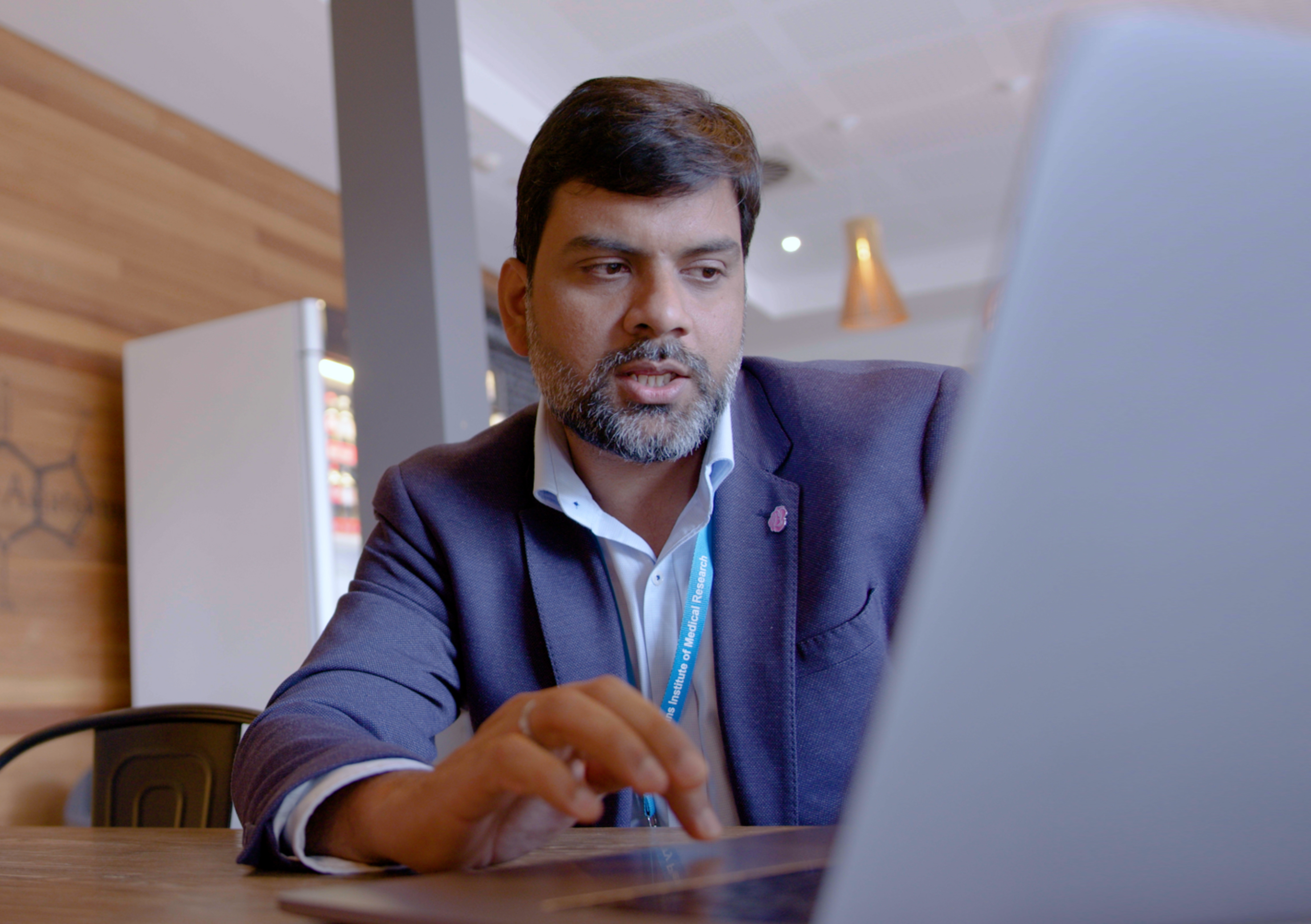Globally, liver cancer is a major disease with 700,000 deaths and 800,000 new diagnoses every year.
For researchers like Dr Ankur Sharma, Head of Onco-Fetal Ecosystem Laboratory at the Harry Perkins Institute of Medical Research in Western Australia, understanding liver cancer is an ongoing battle because of the wide number of tumor variations and the absence of genetic markers for early, intermediate, and advanced stages of the cancer.
 Dr Ankur Sharma, Head of Onco-Fetal Ecosystem Laboratory at the Harry Perkins Institute of Medical Research
Dr Ankur Sharma, Head of Onco-Fetal Ecosystem Laboratory at the Harry Perkins Institute of Medical Research
A complex organ, the human liver has more than 200 billion cells. Understanding those cells and how they interact with each other will help scientists understand how cancerous tissues form.
“Ideally, we want to understand which cells are present, in which location and how they are important so that we can ultimately determine what will be the right treatment for the right patient at the right time,” explains Dr Sharma.
The potential to achieve this has only become possible through the latest advances in precision genomics. BGI Group’s leading research in SpatialTemporal Omics (STOmics) and its Stereo-seq spatial multiomics technology, enables the mapping of cell types and cell states across space and time.
“Extraordinary,” was Dr Sharma’s reaction when he first saw Stereo-seq’s wide view images and exceptionally high levels of detail, “for the first time we are able to see single cell resolution in spatial context, and this gives us a remarkable insight into the private life of cancer cells.”
Previously cancer detection relied on low-resolution techniques such as imaging technology to see the morphological characteristics of tumors, and immunohistochemical technology to detect the expression of only a few genes at a time.
Stereo-seq can detect over 25,000 genes at the same time, and comprehensively show scientists what has changed in all genes with unprecedented precision. This will enable scientists to accurately classify cancers by gene expression, cell type and cellular microenvironment, and define each cancer subtype, enabling accurate detection.
Stereo-seq not only allows researchers to identify different cell types in a tumor, but also allows them to understand their location and how they interact with each other over time. This enables scientists to study how diseases develop and with this understanding to begin to address what treatments may be appropriate.
For liver cancer researchers, this will also help them identify a molecular biomarker and give a better identification of the different stages of the cancer’s development.
Liver cancer research is only one area where STOmics is transforming mankind’s knowledge. By understanding the cellular structure of diseases and mapping their spatiotemporal context at cellular resolution, mankind will achieve a deeper understanding of many different diseases, enabling better treatment and research.
Other areas of STOmics research include mapping a full catalog of cell types organ by organ to understand our physiology, tracking how organisms grow, mature, age and die, and understanding earth’s full biodiversity and phylogenetic development more accurately through mapping biologically diverse organisms to create spatial temporal cell atlases.
These are just some of the topics that scientists from the SpatioTemporal Omics Consortium (STOC) that Dr Sharma is part of and comprising over 170 scientists from 30 countries, are studying using spatiotemporal technology.
As Dr Sharma says: “BGI Group’s ongoing commitment to research is leading to the development of new technologies, which is allowing researchers to make new discoveries in the lab and take these discoveries to the clinic.”
While mankind’s global fight against cancer has been decades in the making, with the progressive ideas of Dr Sharma’s team and cutting-edge STOmics technology, studying the space-time connect between cancer cells can shed new light on how they generate and spread, potentially unlocking new diagnosis technology, treatments and perhaps even preventative measures, bringing hope to the many sufferers of liver cancer.



